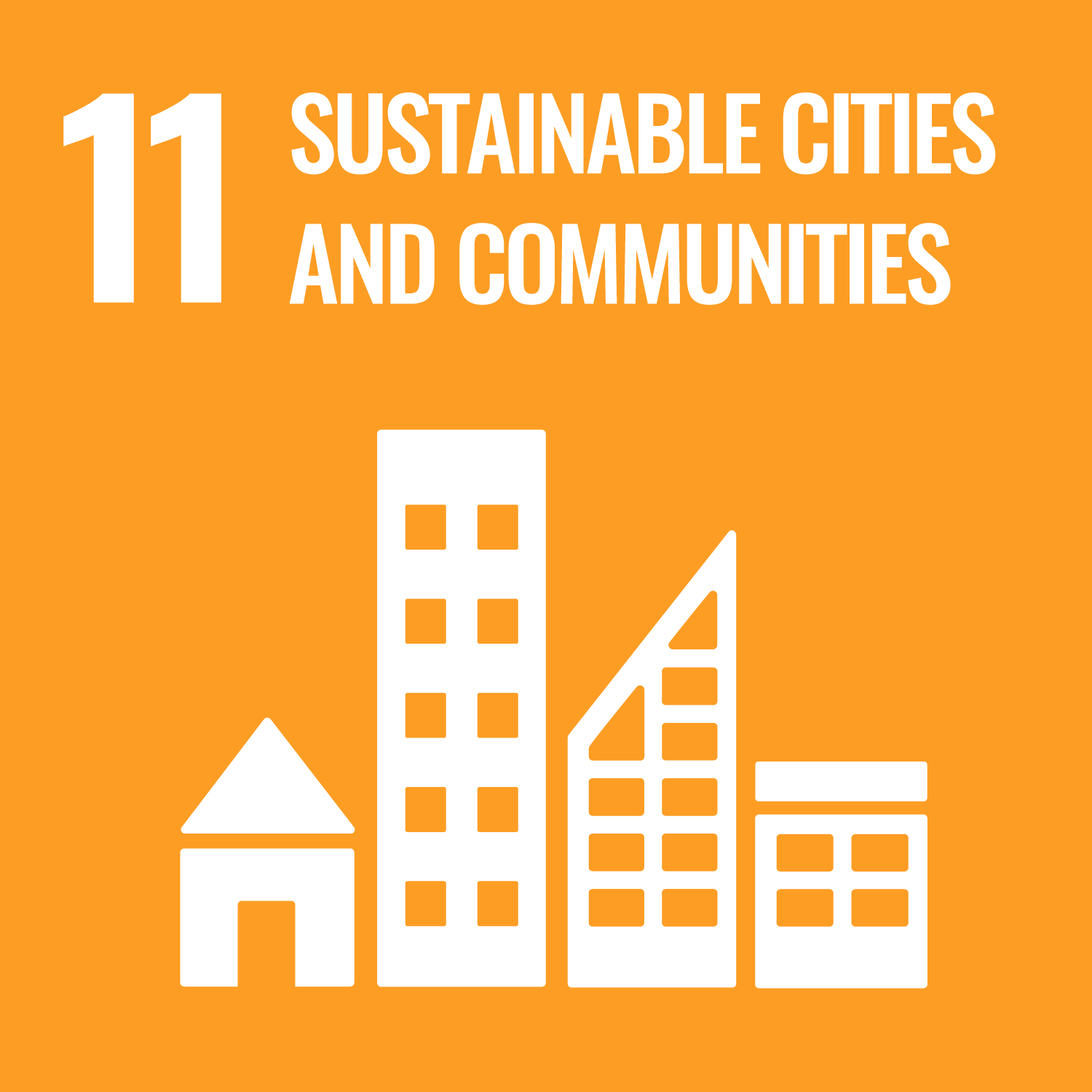SDG Detail
ENVS6237 - Natural Hazards, Disasters and their Management
NoneProject description
The importance of natural hazards and their impacts is growing as population increases and the world is increasingly overshadowed by a changing climate. Natural hazards include those from the solid earth, such as earthquakes and volcanoes; weather-related impacts from floods, tropical cyclones, drought and bushfires; biohazards; and rarer 'megahazards' such as asteroid impacts. The impacts from natural hazards can cause humanitarian disasters and cost billions of dollars. But what are the most important hazards, and where do the disasters occur? How can we manage and reduce disaster impacts? This unit approaches natural hazards via an understanding of how they occur, what they do and how we can mitigate their impacts. This approach allows future societies to be more resilient to the impacts of natural hazards.
Project aims
?
Project outcome
1. explain concepts of hazard, vulnerability and risk. 2. assess the key spatial and temporal patterns and processes by which natural hazards and disasters occur. 3. describe the physical, economic and social consequences of natural hazards. 4. explain critical pathways between natural hazards and their impacts. 5. demonstrate written communication skills.
Related SDGs
The corresponding sustainable development goals correlated with this project. You you click the icon to link to SDG category description page.









